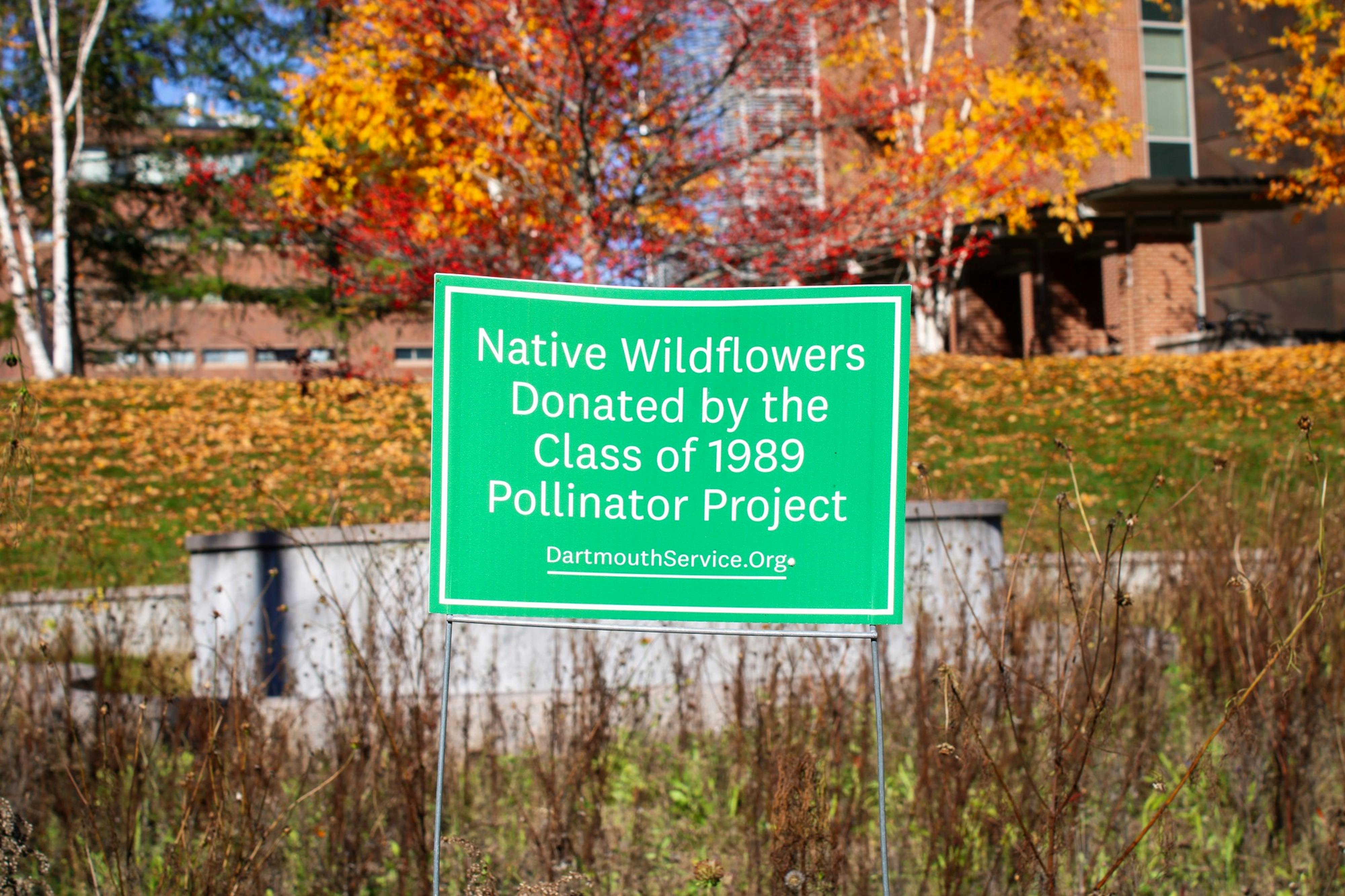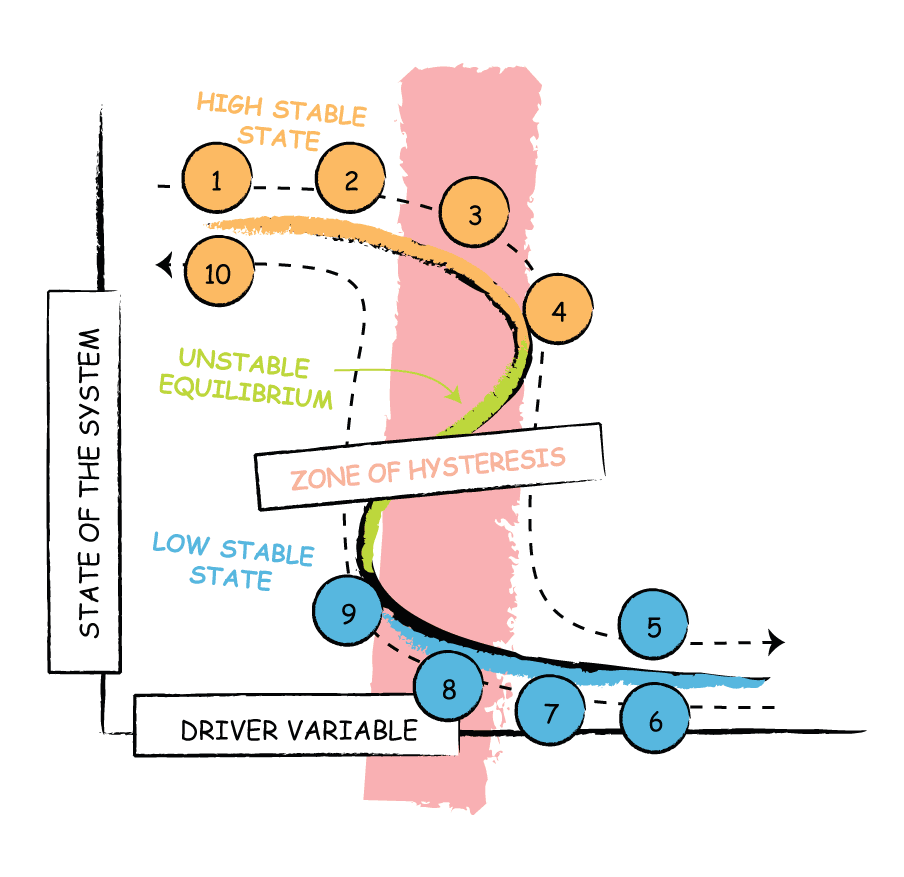Read about our work with the Pollinator Project in The Dartmouth:


Agroecology @ Dartmouth College
Read about our work with the Pollinator Project in The Dartmouth:

Just out in Agroecology and Sustainable Food Systems: “Ecological complexity and avoiding pest resurgence: intuitions from mathematical ecology“

In this paper, we explore theories on pest resurgence from theoretical ecology to complex systems. Why are pests so pesty? Read to learn more: https://www.tandfonline.com/doi/abs/10.1080/21683565.2022.2164639
Quoted in The Guardian’s article on “An Indigenous reservation has a novel way to grow food – below the earth’s surface”

We have been interested in alternative greenhouse designs that help reduce dependence of fossil fuels in our food systems. Farmers are harnessing the power of the earth to heat and cool with variations of geothermal energy design. Our ENVS culminating experience courses dived into the specifics of greenhouse design from both an environmental sustainability and justice perspective. See the reports here:
and videos here: https://www.youtube.com/watch?v=Ld9btD8NYGc&list=PLkN_svmS9kX0NCQDaJeGas7SgA3rrItZZ
Our paper in Theoretical Ecology was recently selected to be on F1000 Prime!
Critical transitions involve sharp changes in ecosystem states following small changes in driver variables. This could be for example, the sudden loss of a fishery as harvest rates of fish slowly increase. When these sharp changes cannot be reversed simply by going back to previous harvest rates, the system experiences hysteresis.
 Most work in this area considers the effects of a single driver variable, although many systems are acknowledged to have multiple potentially interacting driver variables (in the example above, harvest rates and say, pollution). In this paper, we explore what happens when multiple driver variables are correlated.
Most work in this area considers the effects of a single driver variable, although many systems are acknowledged to have multiple potentially interacting driver variables (in the example above, harvest rates and say, pollution). In this paper, we explore what happens when multiple driver variables are correlated.
As we move forward we lose the desired ecosystem state, but moving backwards does not allow us to recover no matter how far we retreat.
Check out the review of the work, which describes complicated versions of hysteresis in simple population models.